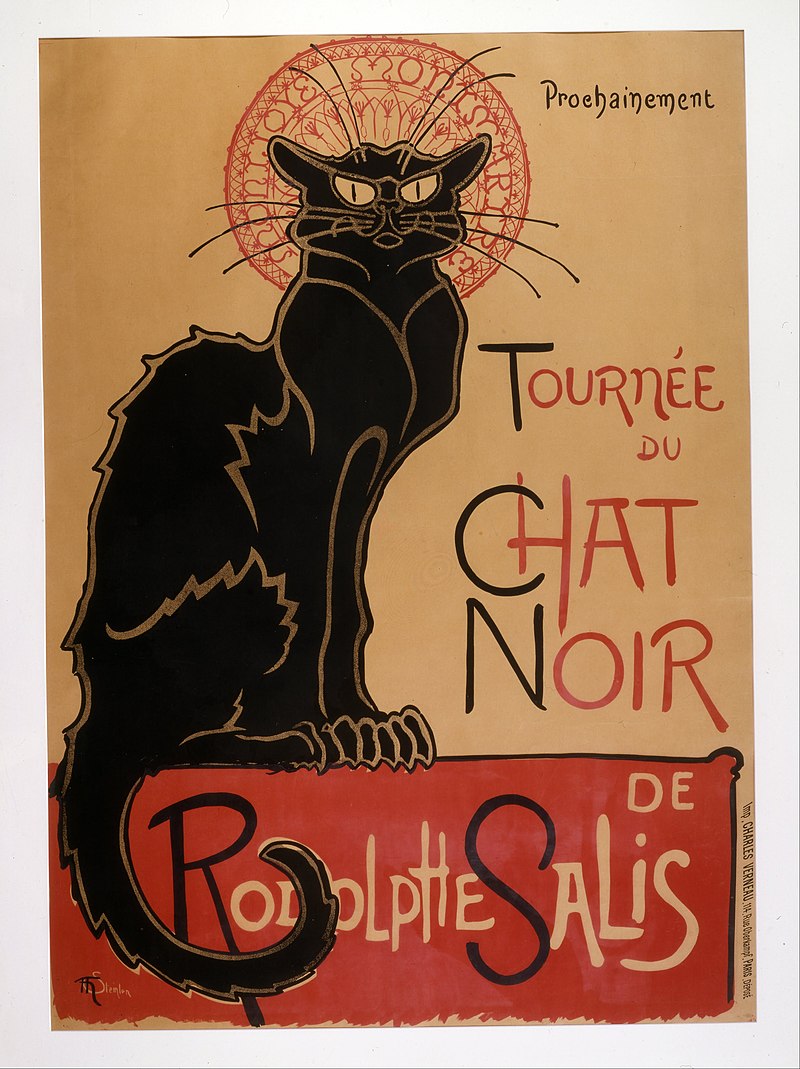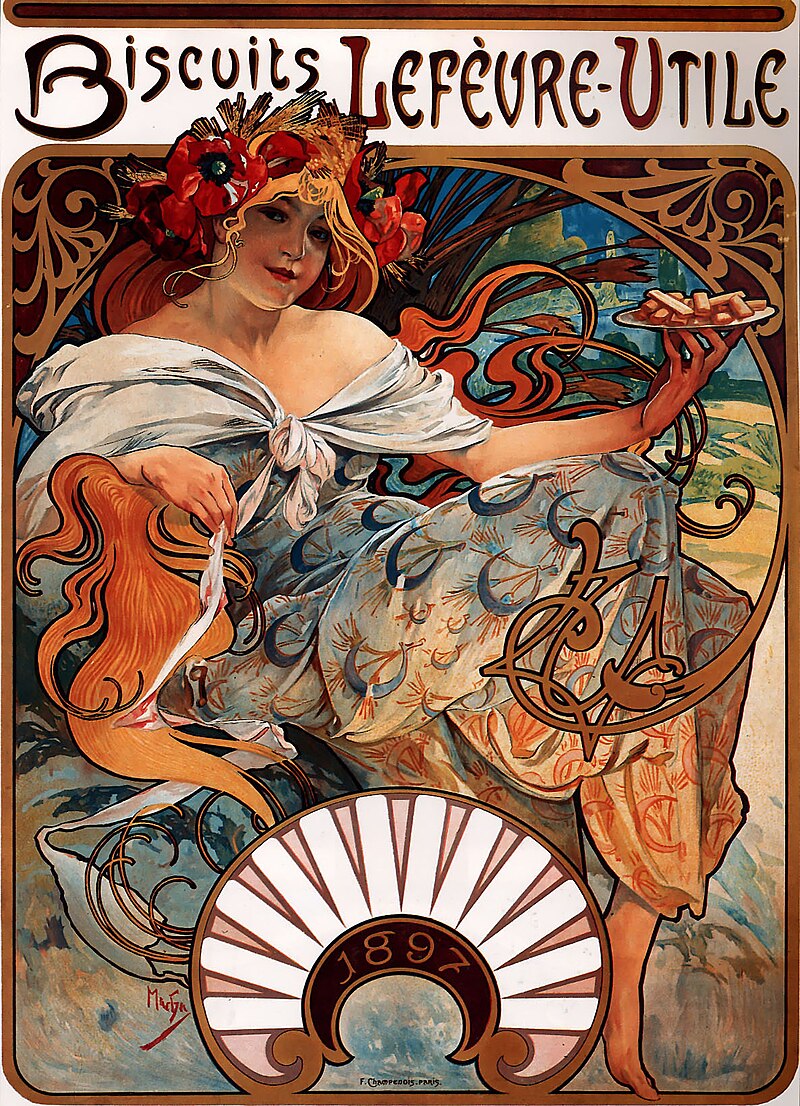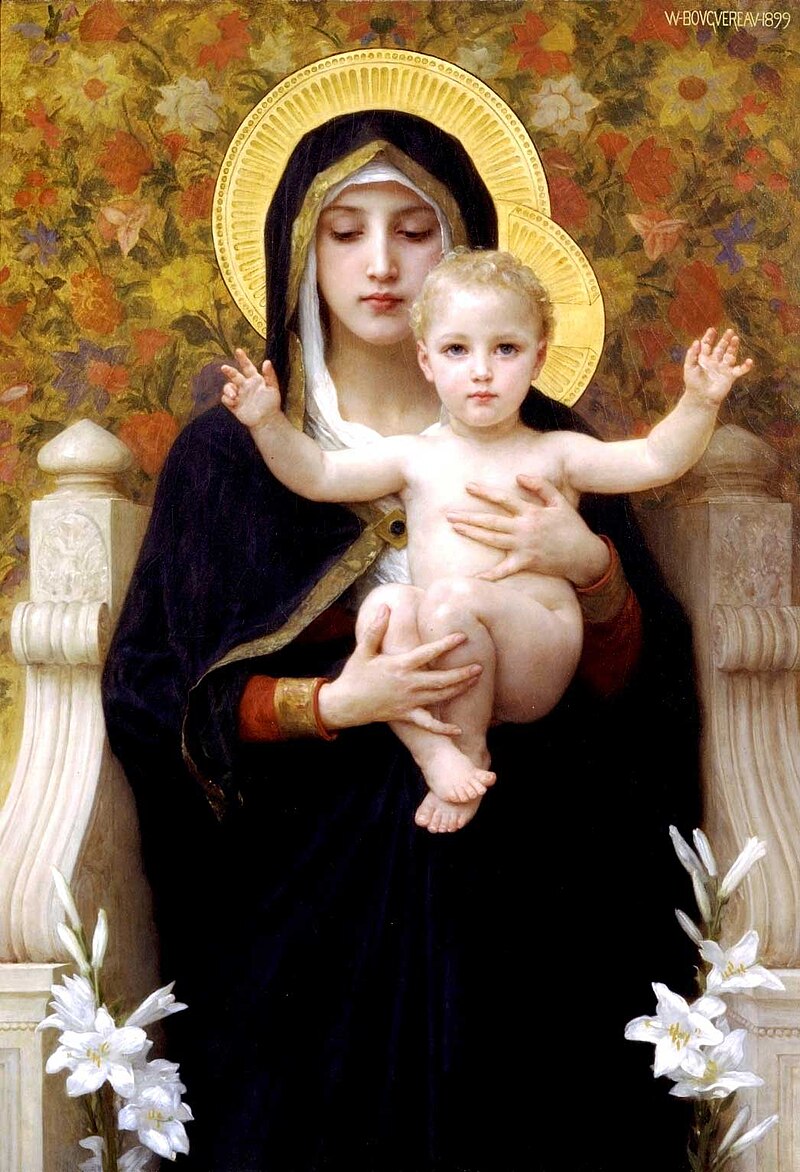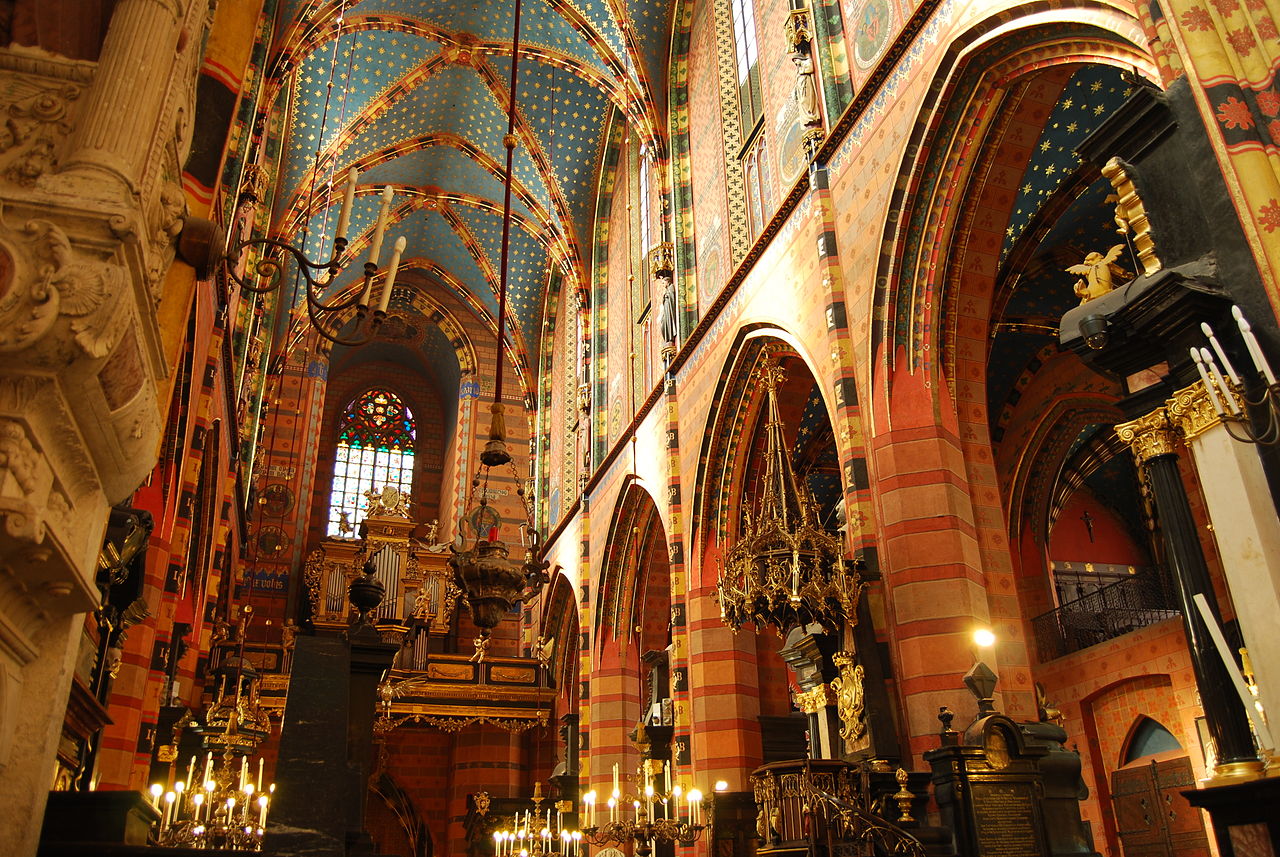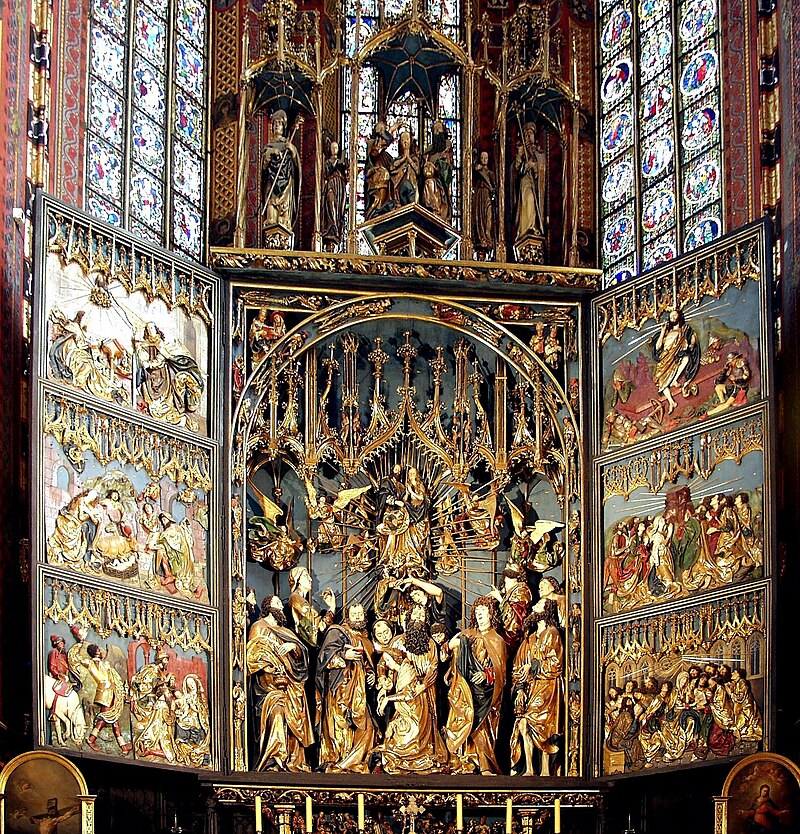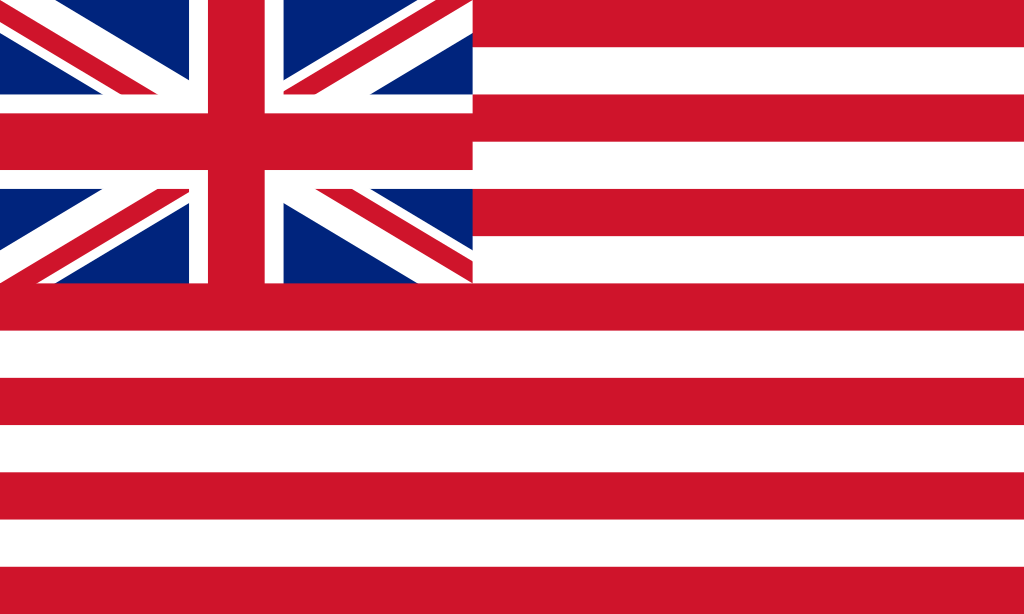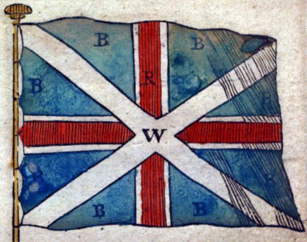The Right Reverend
Dom Prosper Guéranger, O.S.B.
(1805-1875),
Abbot of Solesmes Abbey,
France.
Photo: 7 May 2007 (original upload date).
(Wikimedia Commons)
United States of America.
"Persecution, which has not yet relented in our regard, under the ever-varying depositaries of secular power, has retarded the publication of this volume far beyond our worst expectations. Our readers will, we trust, be good enough to believe that we regret these forced delays as much as they do.
"May we hope that they will please to remember us and our Monastic brethren in their Prayers to God, and thus aid us to bear the brunt of Hell's violence, so particularly directed against the sons of Dom Guéranger.
"We implore Our Lord to vouchsafe in return to pour upon our readers a share in the Blessings promised by Him to those who suffer for Justice' sake."
Fr. L. F., O.S.B.
Solesmes,
8 May 1888.
The above Text is
The Preface of
The Liturgical Year
Volume 12
Time After Pentecost
Book III.
8 May 1888.
United States of America.
A 15-volume treasury of Catholic theology, history, hagiography, and apologetics, originally published in the 1840s. Long out of print, this classic work of The Holy Abbot, Dom Guéranger,
on The Roman Liturgy, is available again.
A personal friend of Louis Veuillot, Cardinal Pie, and Blessed Pope Pius IX, and staunch defender
of The Papacy as well as The Roman Liturgy, Dom Guéranger has written a work that
some have called "The Summa of The Liturgy". Essential for every Catholic
who loves the ancient Liturgy and The Life of Prayer.
United States of America.
Blessed Pope Pius IX, in his Eulogy of Dom Guéranger,
credited him with three great accomplishments:
The revival of The Monastic Tradition in France;
Restoration of The Roman Liturgy and Gregorian Chant;
The Theological justification for two Dogmatic Definitions:
That of The Immaculate Conception;
And The Infallibility of The Roman Pontiff.
Includes:
Propers in Latin and English for every day of The Liturgical Year
(Temporal Cycle and Sanctoral Cycle).
Assorted Propers and Hymns from Liturgies of non-Roman Rites
(Byzantine, Chaldean, Maronite, Mozarabic, Ambrosian, etc).
Propers of Sunday Vespers.
Propers of First Vespers and Second Vespers for Feast Days.
Thorough commentary on all of this.
Introductions to each Season of The Liturgical Year.
Appropriate Morning and Evening Prayers for each Season.
The best ways to hear Mass during each Season.
The best dispositions of Soul for receiving Holy Communion in each Season.
United States of America.
-Volume I: Advent
-Volume II: Christmas I
-Volume III: Christmas II
-Volume IV: Septuagesima
-Volume V: Lent
-Volume VI: Passiontide & Holy Week
-Volume VII: Paschal Time I
-Volume VIII: Paschal Time II
United Kingdom.
-Volume IX: Paschal Time III
-Volume X: Time After Pentecost I
-Volume XI: Time After Pentecost II
-Volume XII: Time After Pentecost III
-Volume XIII: Time After Pentecost IV
-Volume XIV: Time After Pentecost V
-Volume XV: Time After Pentecost VI
Over 7,000 pp.
United Kingdom.
Available in The United Kingdom
from
and
Available in The United States
from
and









